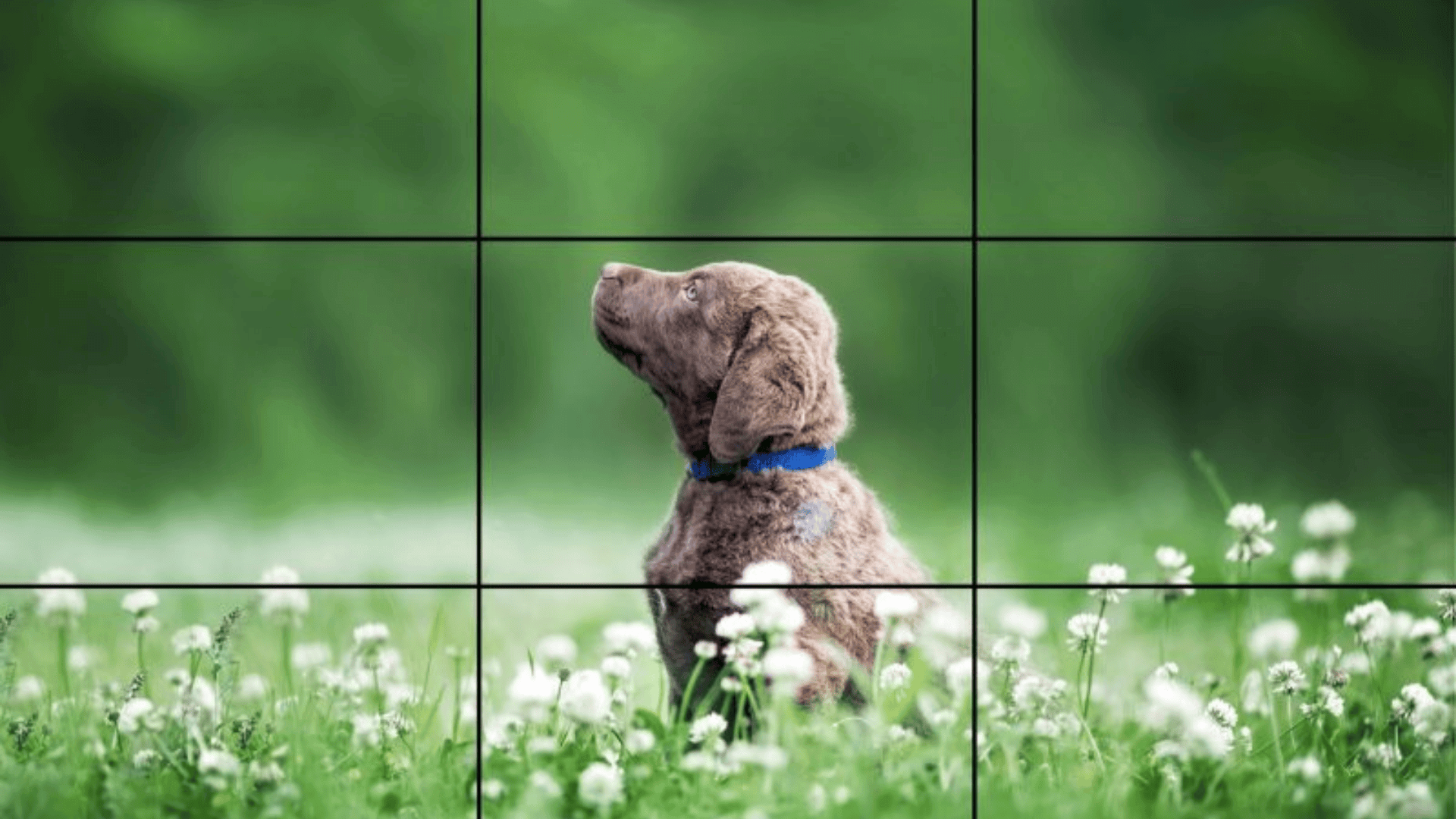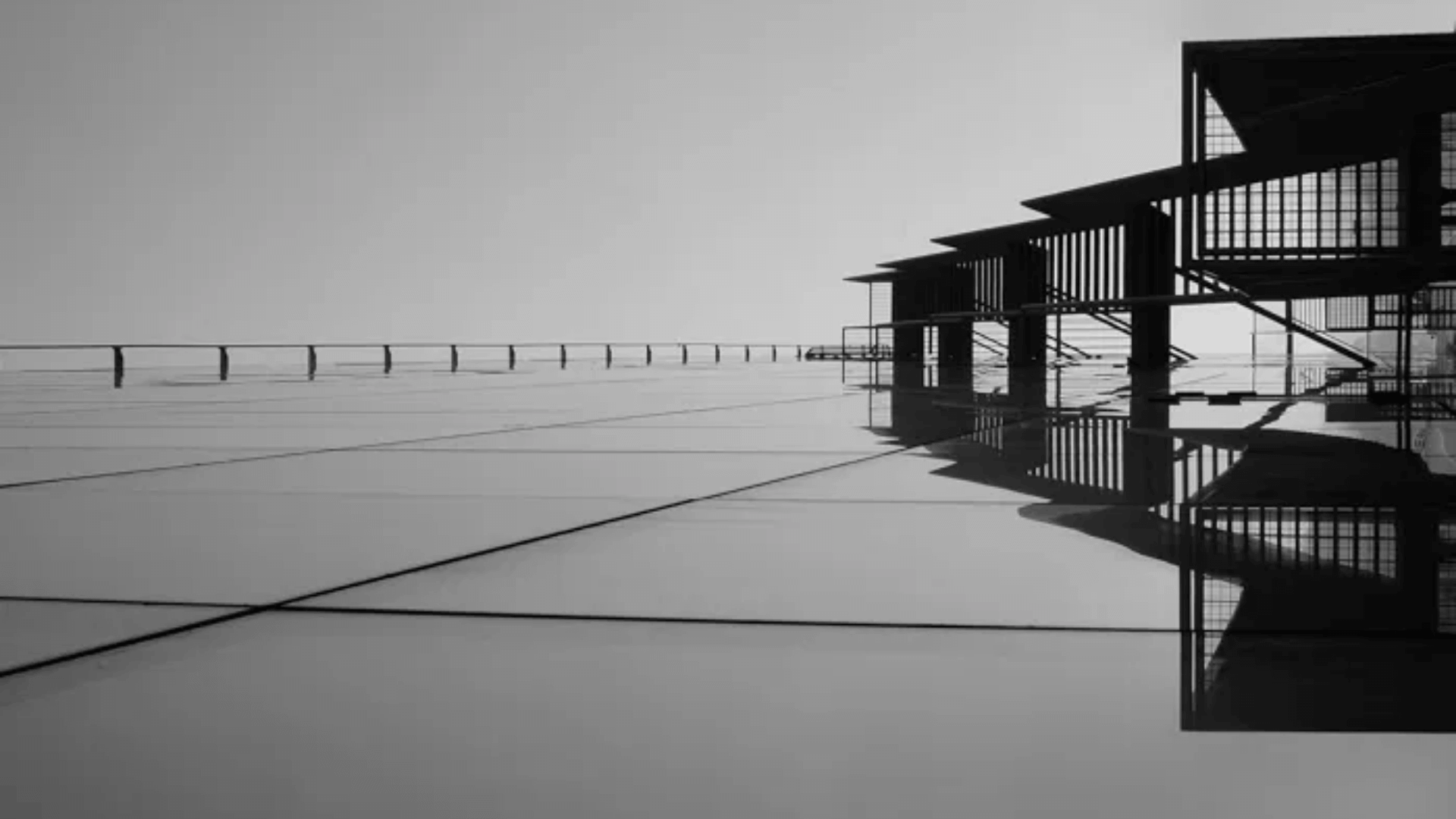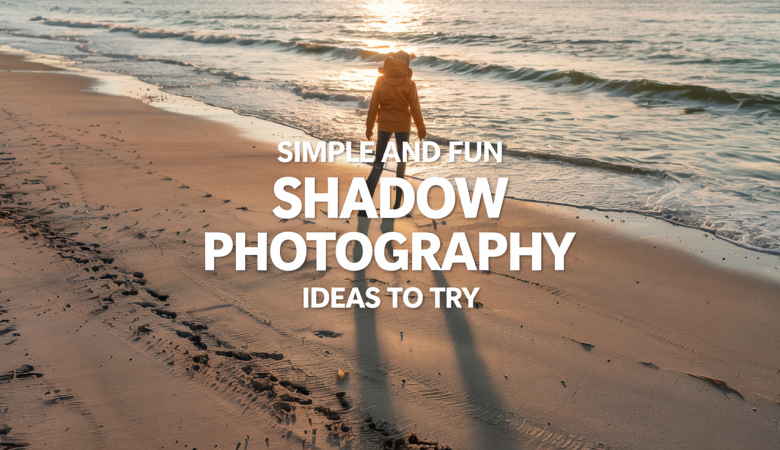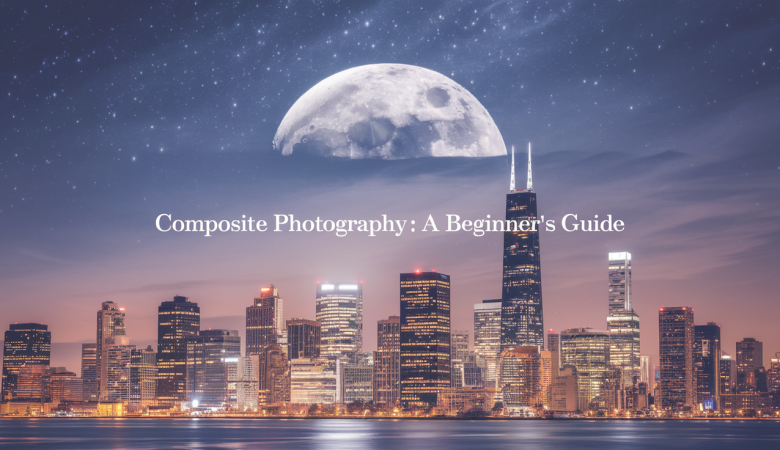Click. Delete. Click. Delete. Trapped in this cycle? Wondering why your photos don’t match the vision in your head?
What if the difference between ordinary shots and frame-worthy images isn’t about luck or talent, but about knowing a few key secrets?
The truth is, every jaw-dropping photo you’ve ever seen follows the same basic rules. These seven photography elements work like hidden codes that tell your viewer’s brain, “this image matters.”
The best part? You don’t need fancy gear or years of practice to use these elements. Once you spot them, you’ll never look at your camera the same way again.
Ready to stop hoping for good shots and start creating them on purpose? These seven simple elements will transform how you capture the world around you, starting with your very next photo.
What are the 7 Elements of Photography?
That split-second difference between clicking delete and saying “wow” is all due to mastering a few core principles.
While anyone can point a camera and shoot, the photos that make people stop scrolling are built on seven fundamental elements that professionals use every day.
The 7 Elements
|
Understanding these building blocks will help you take better pictures with any camera!
1. Light
“Light makes photography. Embrace light. Admire it. Love it. But above all, know light.” — George Eastman
Light is the most basic element in photography. It can be natural (sunlight, moonlight) or artificial (lamps, flash). The quality of light ranges from harsh (creating strong shadows) to soft (creating gentle transitions).
The direction of light—front lighting, side lighting, or backlighting—dramatically changes how your subject appears. The time of day also transforms light’s color temperature from warm golden hours to cool blue hours.
Why It Matters: Light shapes everything in your photo, creating mood and guiding the viewer’s eye. Without good light, even the most interesting subject falls flat.
Fun Fact: The word “photography” comes from Greek words meaning “drawing with light”—proof that light has always been the most important element!
2. Composition
“If you want to be a better photographer, stand in front of more interesting stuff.”
— Jim Richardson
Composition refers to how you arrange elements within your frame.
It includes techniques like the rule of thirds (dividing your image into nine equal parts), leading lines (using paths to direct the eye), framing (using elements to create a frame within your photo), and patterns (finding repeating elements).
Why It Matters: Composition controls where people look in your image and helps tell your visual story by creating balance and focus.
Fun Fact: The “Rule of Thirds” dates back to the 1800s and was first used by painters long before cameras were invented!
3. Color
“Color is joy. One does not think color. One recognizes it.” — Henri Matisse
Color creates the mood and emotional impact of your photo. It includes hue (the actual color), saturation (how intense the color is), and brightness.
Colors can be complementary (opposite on the color wheel), analogous (next to each other), or monochromatic (variations of one color). Color theory helps photographers create harmony or tension in their images.
Why It Matters: Colors trigger emotions instantly and guide the viewer’s attention to key areas of your photo.
Fun Fact: Our brains process color before they process shape or text, making color the fastest way to communicate through photos!
4. Texture
“Photography is the story I fail to put into words.” — Destin Sparks
Texture is the visual representation of how something would feel if touched. It can be smooth, rough, soft, hard, bumpy, or silky.
Texture adds depth and dimension to photos by engaging the viewer’s sense of touch through sight. Side lighting often best reveals texture, while front lighting tends to flatten it.
Why It Matters: Texture turns flat images into rich experiences by letting viewers almost feel what they’re seeing.
Fun Fact: Our brains are so good at processing texture that we can often tell how something feels just by looking at a photo of it!
5. Line
“There are no lines in nature, only areas of color, one against another.”
— Édouard Manet
Lines are paths that lead the viewer’s eye through your photo. They can be actual lines (roads, fences, horizon) or implied lines (a row of trees, a person’s gaze).
Horizontal lines suggest calm and stability, vertical lines convey strength, diagonal lines create dynamic energy, and curved lines feel natural and flowing.
Why It Matters: Lines are like pathways for the eye, creating movement and guiding viewers through your image in a specific way.
Fun Fact: Studies show our eyes naturally follow lines in photos—it’s an automatic response we can’t control!
6. Form
“The camera is an instrument that teaches people how to see without a camera.”
— Dorothea Lange
Form is the three-dimensional quality of objects in your photo. While shape is two-dimensional (like a silhouette), form has volume and depth.
Light and shadow reveal form, giving subjects weight and substance. Form helps create the illusion of three dimensions in a flat photograph.
Why It Matters: Form gives your photos depth and realism, helping viewers feel like they could reach out and touch what they see.
Fun Fact: Our brains can interpret form from just a few shadows, which is why even simple silhouettes are instantly recognizable!
7. Space
“If your pictures aren’t good enough, you’re not close enough.” — Robert Capa
Space includes both positive space (the main subject) and negative space (the empty areas around it). How you balance these spaces affects the overall impact of your photo.
Negative space gives the eye room to rest and often emphasizes the subject more powerfully than filling the frame completely.
Why It Matters: Space creates breathing room in your photos and helps viewers focus on what’s important without distraction.
Fun Fact: The concept of “negative space” originated in Japanese art and design philosophy, where empty areas are considered as important as the subject itself!
The Magic Behind Every Great Shot
Now that you know the 7 elements of photography, you can start seeing them everywhere, in great photos and everyday scenes waiting to be captured.
Remember, you don’t need the latest gear to take pictures that stand out. Just look for interesting light, thoughtful composition, striking colors, rich textures, guiding lines, strong forms, and balanced space.
The best photographers don’t just take photos, they make them. They notice these elements and arrange them in ways that tell stories and create feelings.
So next time you pick up your camera, try focusing on just one or two of these elements. Soon, using them will become second nature, and your photos will tell the stories you’ve always wanted to share.
What element will you focus on in your next shot?
Frequently Asked Questions
What are the 7 C’s of Photography?
The 7 C’s of photography are composition, contrast, clarity, color, cropping, creativity, and choice of subject. These guidelines help you frame, edit, and capture your photos to make them visually appealing and impactful.
What is the 7 Composition in Photography?
The 7 types of composition in photography include the Rule of Thirds, Leading Lines, Framing, Symmetry, Patterns and Repetition, Depth, and Filling the Frame. These principles help structure photos to be more balanced and engaging.













Leave a Reply